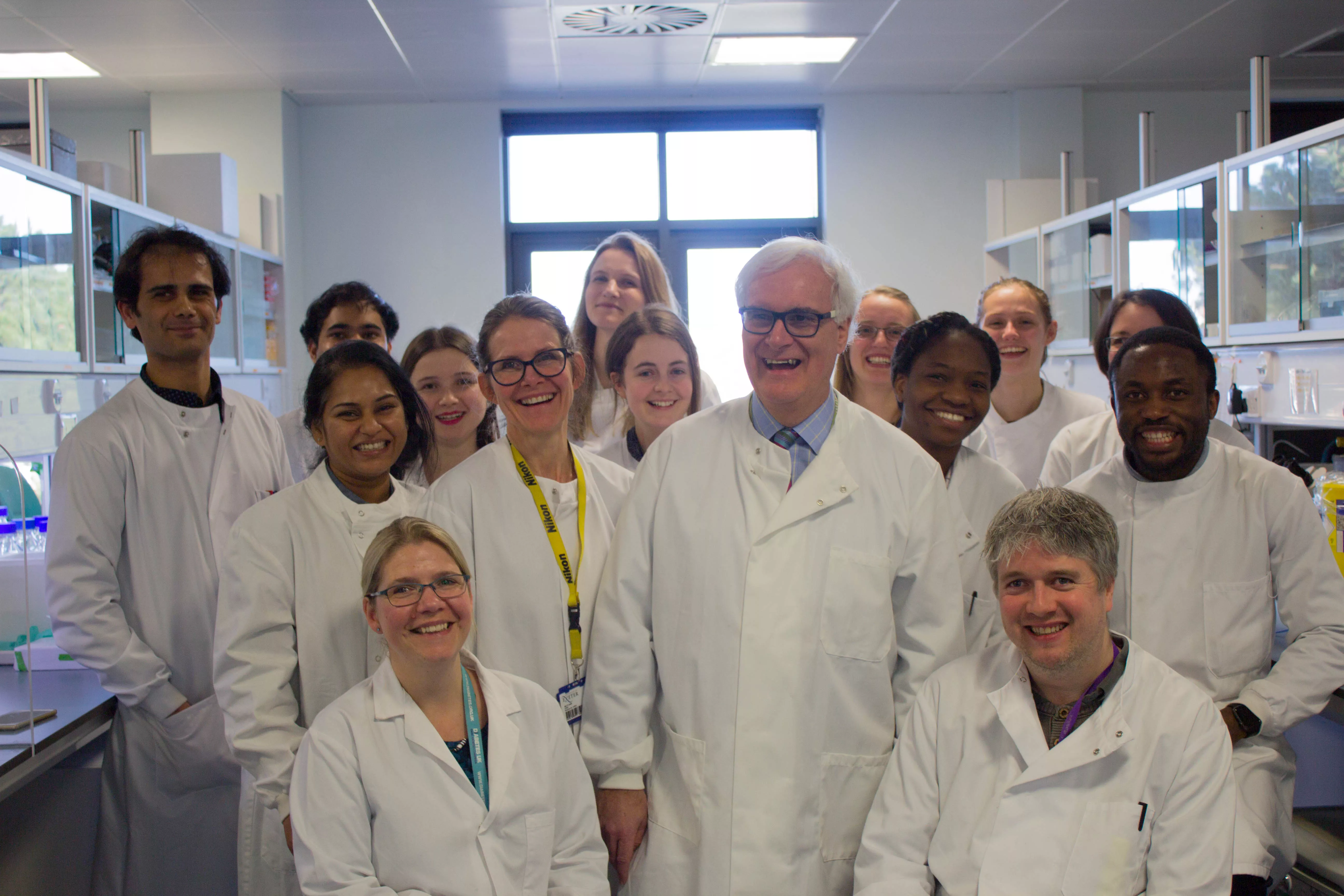
Researchers funded by us have found that children who are diagnosed with type 1 diabetes under the age of seven appear to have a different form of the condition to those diagnosed aged 13 or above.
The team at the University of Exeter have shown for the first time that children who were diagnosed at younger ages can’t process insulin properly and their insulin-producing beta cells are destroyed rapidly. Meanwhile, those diagnosed later in childhood often continue to make some of their own insulin.
Teasing apart subtypes
The Exeter team have access to a very rare collection of pancreas samples taken from people newly diagnosed with type 1 diabetes. With Diabetes UK support, they studied samples from children diagnosed below seven years and discovered that more immune cells had invaded the pancreas and fewer beta cells survived. But in samples from people diagnosed aged 13 or over, there were fewer attacking immune cells and they had more beta cells that were still producing insulin.
In their new study, the researchers wanted to be sure that what they’d seen so far represented two different subtypes of type 1 diabetes.
They studied around 130 pancreas samples from three age groups – seven years and below, 7-12 years, and 13 years and above. They stained the samples so they could see the insulin and proinsulin (a precursor to insulin that is also released from beta cells).
They found two strikingly different patterns of proinsulin in the pancreas samples. In the younger age group, the proinsulin wasn’t processed properly: it was being released at the same time as insulin, which doesn’t usually happen. This was much less common in samples from the older age group.
Their findings also suggested that using a blood test to measure proinsulin and the amount of someone’s own insulin they’re still making could be used to check if someone’s proinsulin processing has gone wrong or not, flagging which subtype they have.
Turning the T1DE
The Exeter team has proposed two distinct subtypes: Type 1 Diabetes Endotype 1 (T1DE1) for young children, and Type 1 Diabetes Endotype 2 (T1DE2) for those who are older at diagnosis.
Right now, scientists are developing and testing immunotherapies for type 1 diabetes. If there are different type 1 diabetes subtypes, then we may need different treatments to prevent or stop the condition in its tracks.
Age at diagnosis is a simple way to tell which subtype someone has if they’re diagnosed below seven or over 13 years. But if they fall in between these ages (7-12 years), they could have either subtype. Crucially, this research suggests that measuring levels of proinsulin and c-peptide with a blood test could be a good way to distinguish between subtypes in the middle age group.
Diabetes UK-funded researcher Professor Noel Morgan, of the University of Exeter Medical School, said:
“We’re extremely excited to find evidence that type 1 diabetes is two separate conditions: T1DE1 and T1DE 2. The significance of this could be enormous in helping us to understand what causes the illness, and in unlocking avenues to prevent future generations of children from getting type 1 diabetes. It might also lead to new treatments, if we can find ways to reactivate dormant insulin-producing cells in the older age group. This would be a significant step towards the holy grail to find a cure for some people.”
Dr Elizabeth Robertson, our Director of Research, said:
“The era of being able to halt the immune attack behind type 1 diabetes is in reach, but to make new treatments as effective as possible we need to really get to grips with the complexity of the condition. Today’s news brings us one step closer to achieving that.
“Being able to make the distinction between different subtypes of type 1 diabetes is an exciting new development and we’re proud to have supported this landmark research.
“We now need to make sure this discovery is used to help design trials and tailor future treatments, so we can move closer to stopping and preventing type 1 diabetes.”
What about type 2 diabetes?
Scientists also think there are likely to be different subtypes within type 2 diabetes.
